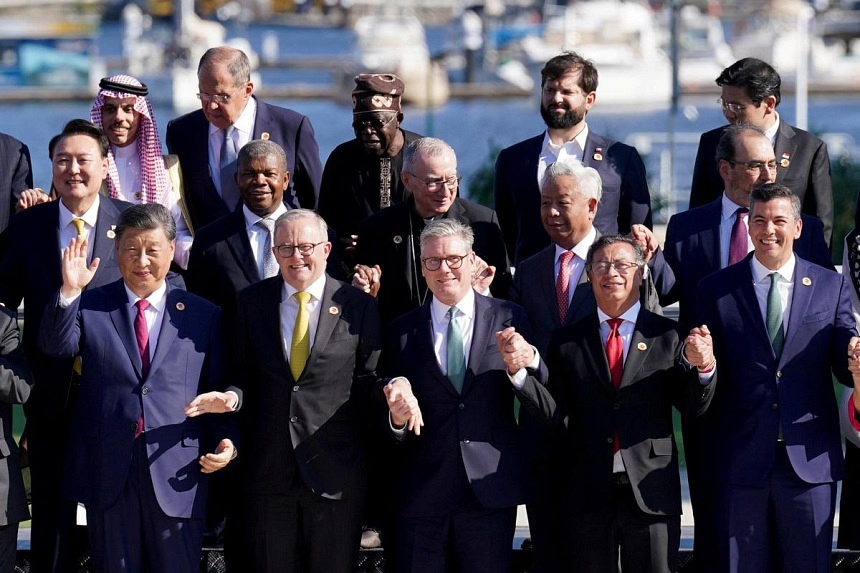A new wave of US tariffs on Chinese imports would divert more of China’s manufacturing to Southeast Asia – a boon for the subregion at first – but if president-elect Donald Trump also targets Chinese goods routed through countries like Thailand or Vietnam, analysts said, there could be broader consequences.
Trump’s campaign vow to impose tariffs of at least 60 per cent on goods from the world’s second-largest economy naturally stands to push more Chinese manufacturers into parts of Southeast Asia, industry sources stated. There, they can ship their wares onwards to the lucrative American market without those tariffs.
That reshoring process got its start during Trump’s first term, from 2017 to 2021, when US tariffs on China climbed as high as 25 per cent.
Vietnam, a factory hub that had already attracted other Asian investors for its cheap labour and rapidly improving infrastructure, saw quick benefits. Chinese direct investment in Vietnam ranked top in terms of new project share, with 29.7 per cent of the total recorded in the first seven months of this year.
And Thailand, which has set a goal to make electric vehicles (EVs) 30 per cent of its automotive production by 2030, has welcomed Chinese investors – some of which include the world’s top EV brands.
At least half the children’s products and daily necessities currently exempt from tariffs might face duties after Trump takes office in January, said Liu Kaiming, founder of the Institute of Contemporary Observation.

 By South China Morning Post | Created at 2024-11-19 03:04:39 | Updated at 2024-11-19 05:22:40
2 hours ago
By South China Morning Post | Created at 2024-11-19 03:04:39 | Updated at 2024-11-19 05:22:40
2 hours ago








